• 10 nonillion (10 to the 31st power) individual viruses exist on our planet
• There are 219 virus species that are known to be able to infect humans
• There are 380 trillion viruses are living on and inside your body right now
Viruses have evolved over millions of years, the viruses which exist today are the product of the viruses that were able to successfully infect and spread
Viruses that kill their host are committing suicide, and viruses that land their host in bed are at an extreme disadvantage in their ability to spread, infect and survive - making deadly viruses are an evolutionary anomaly, a mutation that does not benefit the virus or the host, but leads to the death of both
Viruses cannot move, replicate, survive, strategize, ‘attack’, ‘seek out’ or ‘forcefully invade’ - these not living particles are more like particles of pollen or dust, they are completely at the mercy of where they land and how fertile for growth their landing place is
The non living virus is going against the energy of a cell 3400x its own size; polio virus are 0.03 micrometers while the neurons they must infect are 100 micrometers.
Consider the fact that viruses are not unlike humans in the sense that every single strain is unique. There are families with some shared physical characteristics, but the differences between the family members can be extreme. The likelihood that you would ever be infected with the exact same virus twice is practically zero. Everytime a virus regenerates, it packages a bit of DNA from the cell it used into the new virus particles. When a virus reproduces, it evolves.
Viruses are mutt creatures, they do not exist as living things on their own. They are like pollen, incompletely floating packages of DNA hoping to land somewhere they can grow. They have no ability to move, think, reproduce, survive, or strategize.
Viruses that harm their host are deviants. For millennia, viruses have been evolving to exist within living beings without their knowledge. The viruses that were the most successful in reproducing and spreading through the population were the ones that affected the host least.
When a virus induces severe illness, they hamper their host from spreading the virus during peak levels of infectiousness. If a virus kills its host, it ensures the end of its line. It also commits suicide. After millions of years of evolution learning how to best survive and thrive, no one can figure out why viruses have suddenly turned to the dark side. And more interestingly, why only certain viruses have turned to the dark side.
Evade, Attach, Attack, Enter, Infect, Hijack, Replicate, Evolve, Adapt
These verbs are frequently used to describe the behavior of viruses. But the truth is viruses can do none of these things – viruses don't meet the criteria to be considered living. They lack energy, metabolism, cannot replicate independently, and rely entirely on host cells for reproduction.
Natural viruses have absolutely no agency – they contain no energy and have no ability to interact, perceive or react to their environment. They can't so much as move. They're as alive as a dust particle.
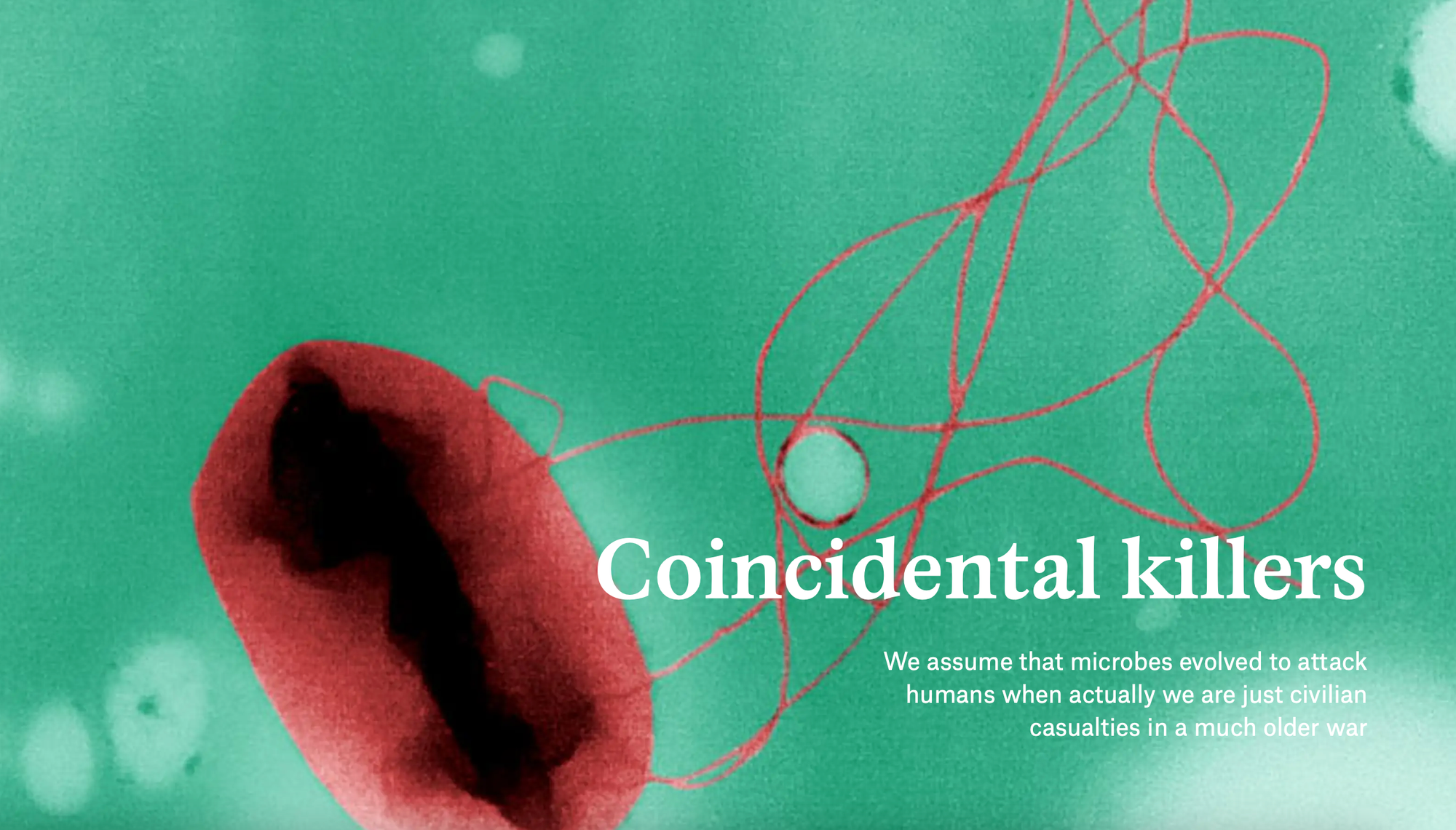
The only ‘goal’ or purpose of a virus is to survive and continue the genetic line. In order to do this, the virus must be able to avoid the attack of the immune system, and must exist in cells which are exposed and passed along to other beings.
When a virus infects many different cell types in one animal or human, it produces a widespread immune response - this immune response will either kill the virus or ultimately kill the human (which in turn kills the virus).
Viruses which kill their host are suicidal anomalies. Out of the 10 nonillion (10 to the 31st power) viruses which exist on earth, only 219 can infect humans. The first of these 219 viruses was discovered in 1901, it was the yellow fever virus.
Out of these 219 virus, not one has proven consistently lethal or even infectious in humans. There are thousands of people in which the smallpox, yellow fever, polio, ebola, malaria and covid virus have no effect on - they are somehow immune to the virus without ever having suffered from an infection with it. This is a well documented phenomena, but today’s scientists explain this by claiming the individuals DO have antibodies, just not enough to be measurable. This is one of many claims taken as an absolute truth in medical science, yet there is absolutely no concrete evidence to base this on.
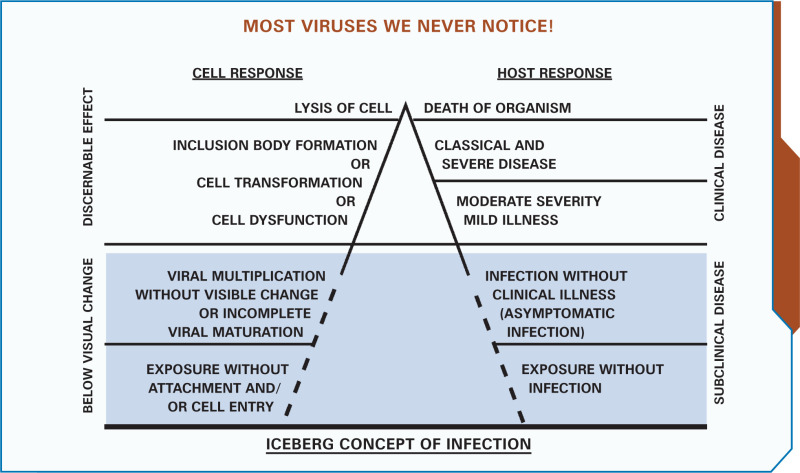
Viruses have evolved alongside man for hundreds of thousands of years, if not more. We have always been exposed to and infected with viruses - and most all of them have learned that their best chance to survive and thrive is to exist symbiotically in the human body.
When viruses produce a strong immune response, they’re host’s body go into attack mode and begin to suffer uncomfortable symptoms of illness. This causes the individual to be immobilized and isolated, resulting an inability for the virus to spread from person to person. This is a major evolutionary disadvantage in terms of survival of the virus strand.
When the virus is able to infect multiple cell types within the body, the immune systems response can be so extreme that it leads to death - this is extremely bad news for the virus.
Viruses that infect the brain are also evolutionary anomalies. By infecting the brain or the heart, the virus is assuring its own death and destruction. There is no benefit to the virus to infecting these places - only harm. So why would a virus evolve to infect the brain?
The deeper a virus infects, the less infectious it is (ie less successful as a virus), and the more deadly it is.
What’s more curious is the level of isolation and layers of security which protect the brain from external material. Viruses that infect the brain have no chance of spreading their genetic line to other humans. After 300,000+ years of evolution, one would think the virus strains which still exist today would be the most efficient form of viruses. They would silently infect, reproduce without setting off warning symptoms, and then be spread through the saliva, snot or waste of the infected to infect others.

Viruses that kill their hosts are less likely to spread effectively. Evolution favors pathogens that:
• Allow the host to remain alive and active long enough to transmit the virus to others.
• Cause mild or moderate symptoms that promote transmission (e.g., sneezing or coughing) without incapacitating the host.
• Infants, being more isolated and less mobile, are not ideal vectors for highly lethal viruses. As such, wild viruses are often less aggressive in this demographic.
Humans and viruses have co-evolved, meaning:
• The human immune system has adapted to recognize and respond to common viral patterns effectively.
• Viruses have adapted to evade immune responses but generally avoid causing excessive harm to their host populations to ensure their survival.
Mutations favor strains that cause milder illness, as these are more likely to be transmitted widely.

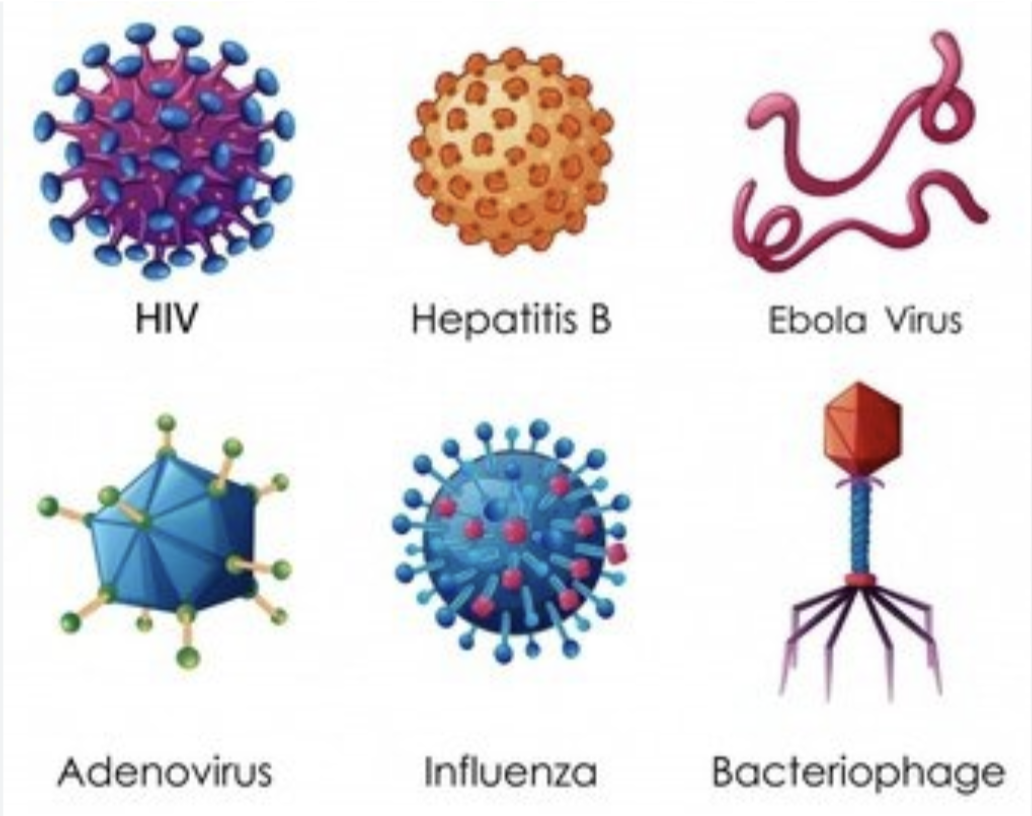
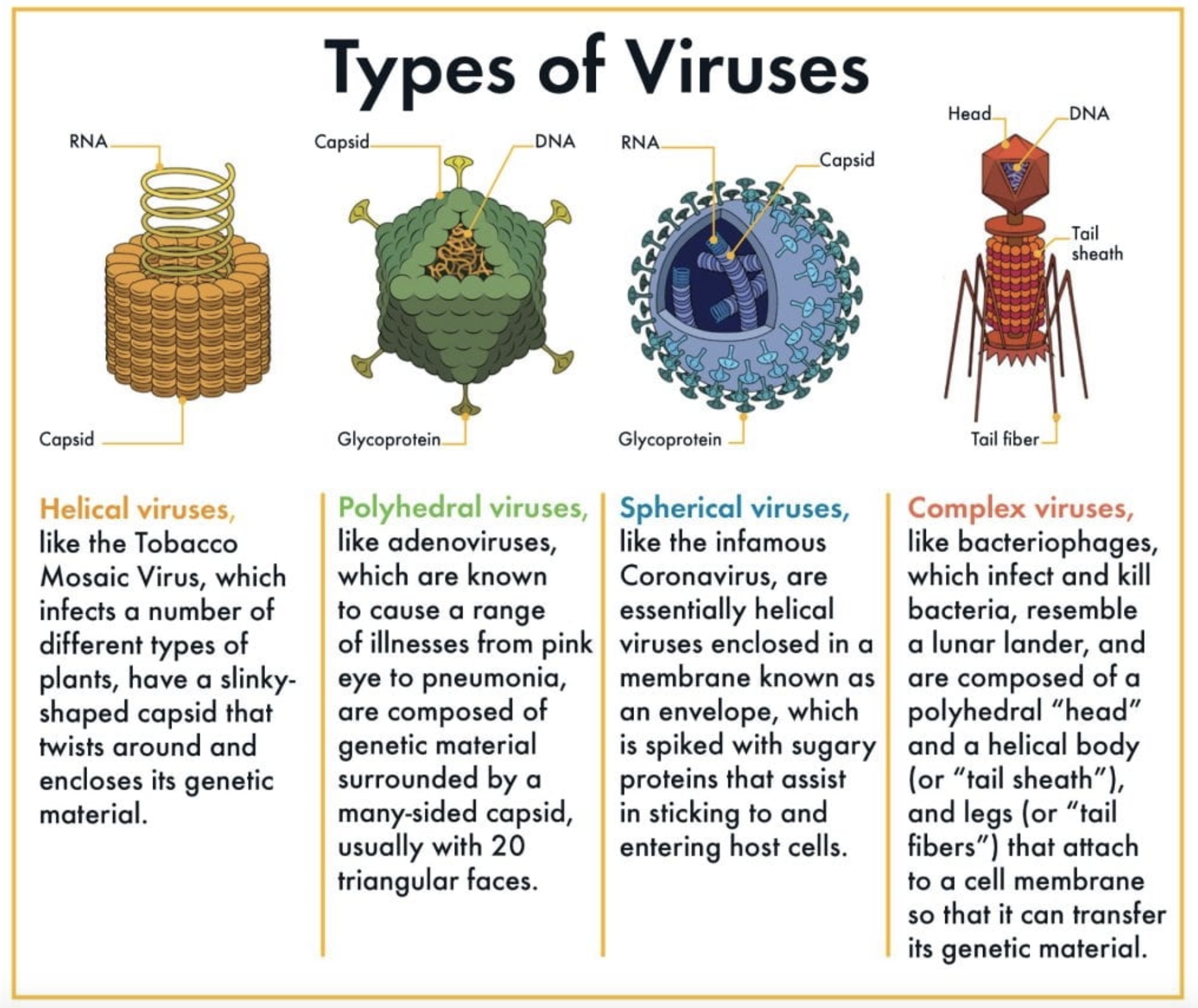
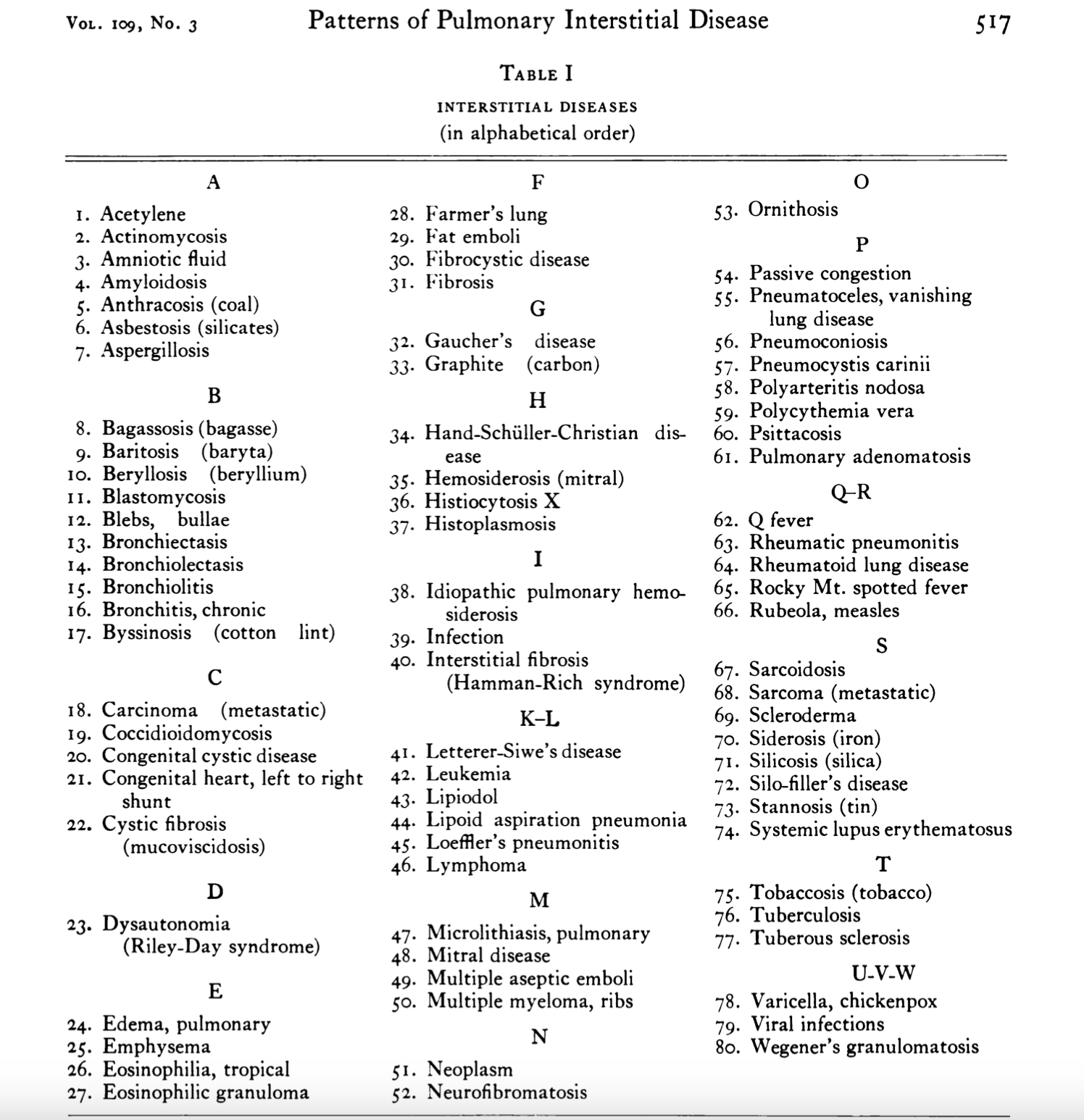



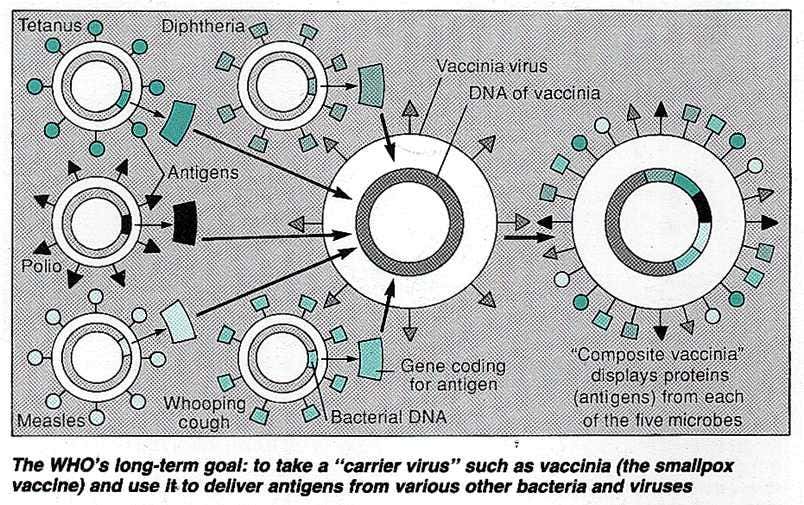


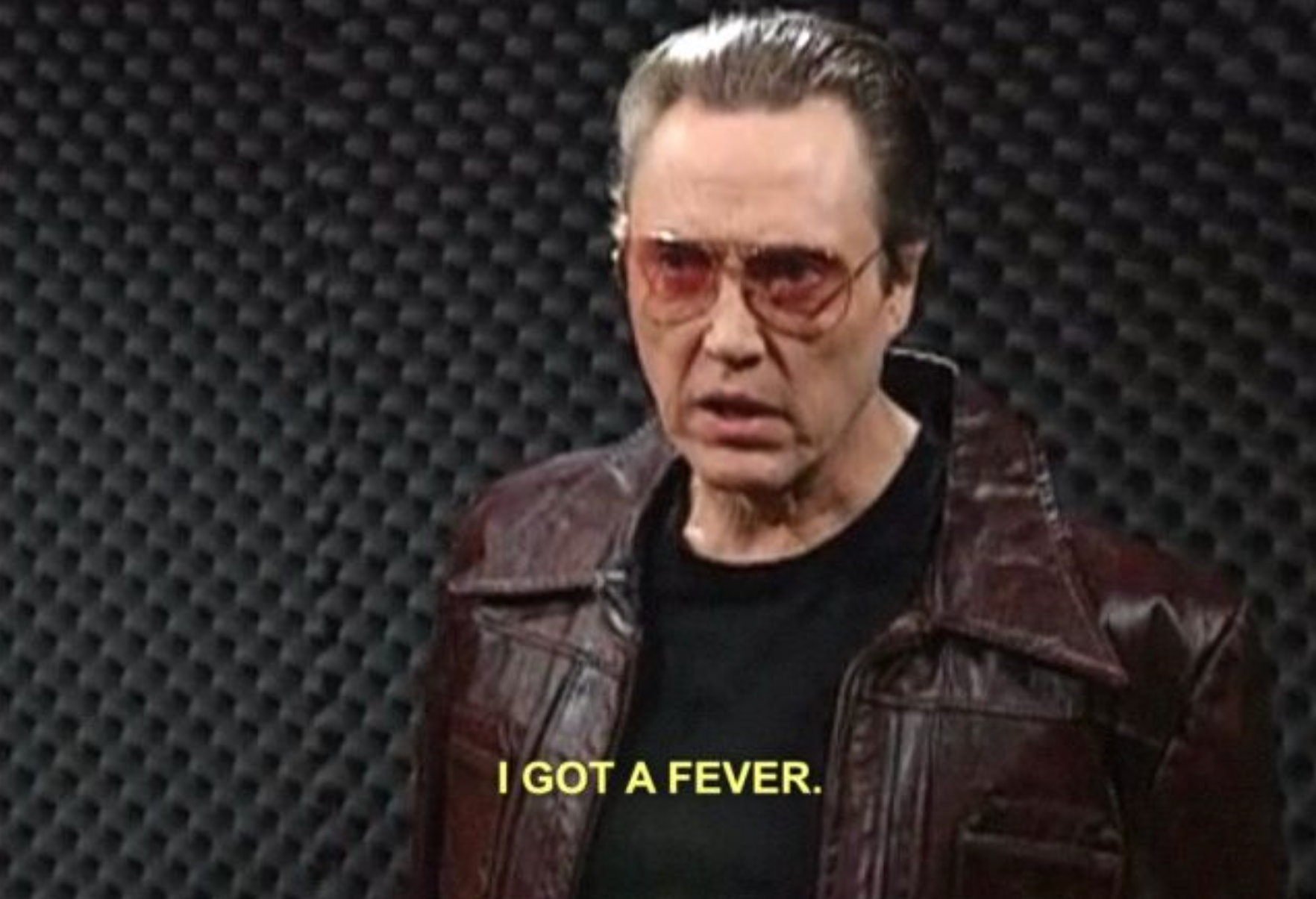

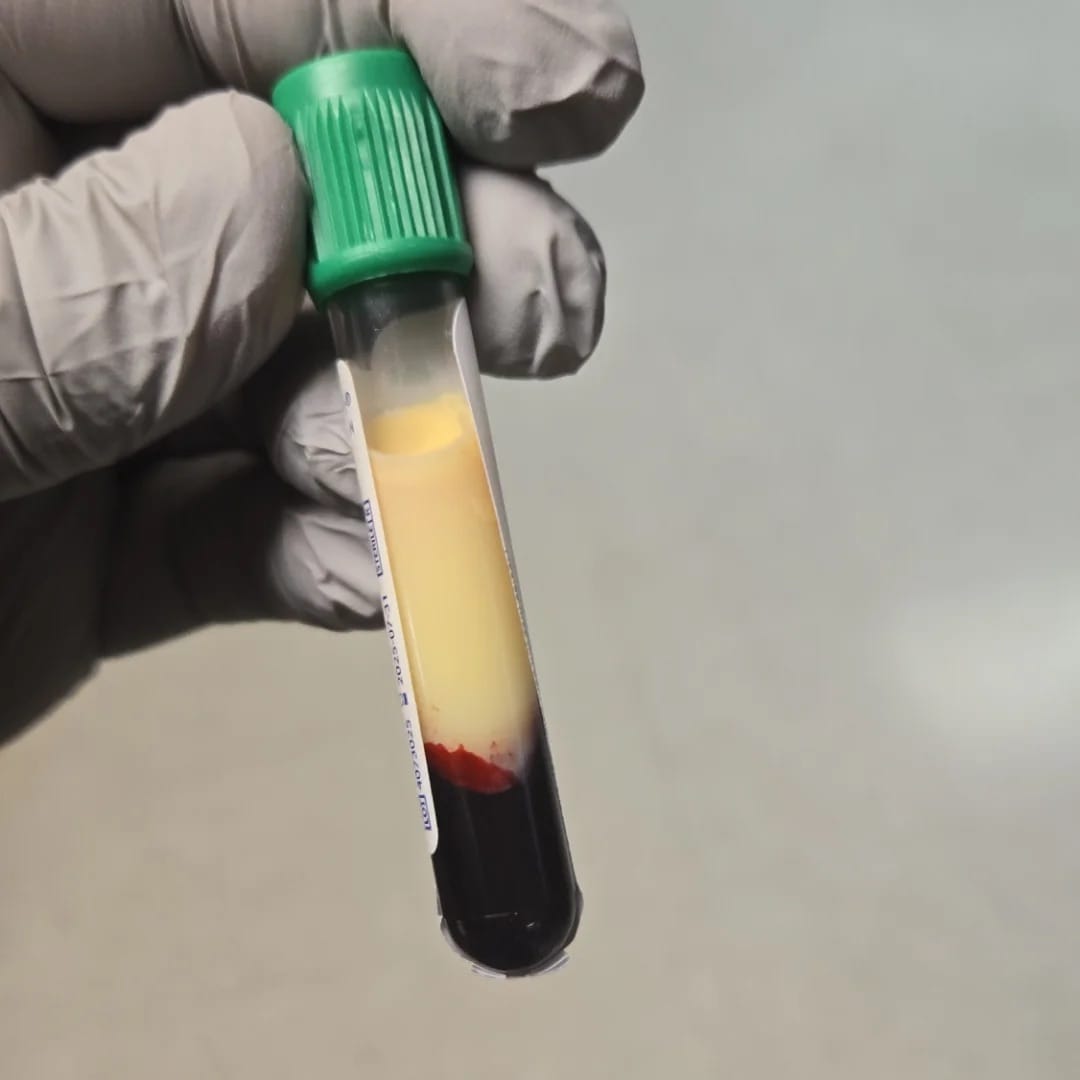



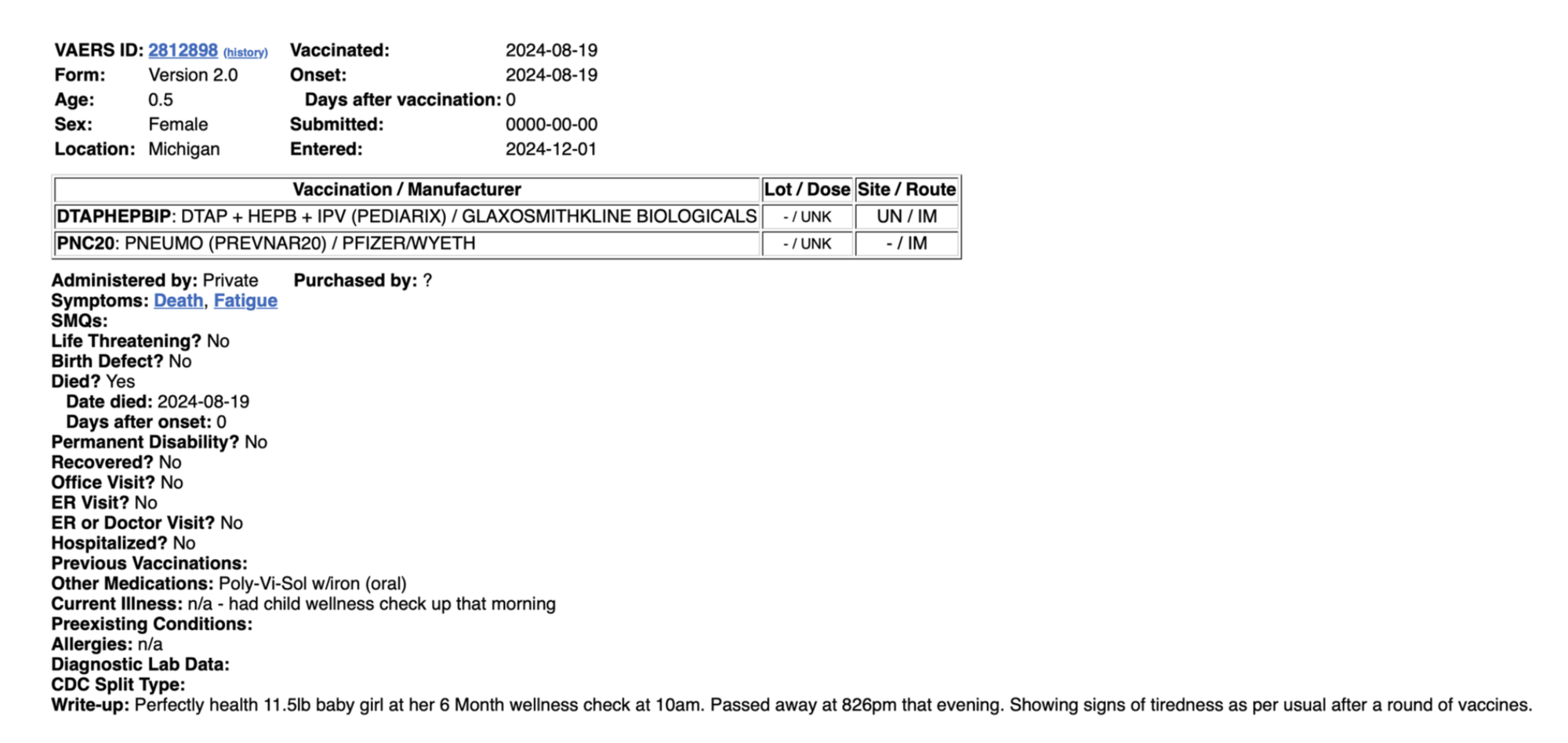

Discussion